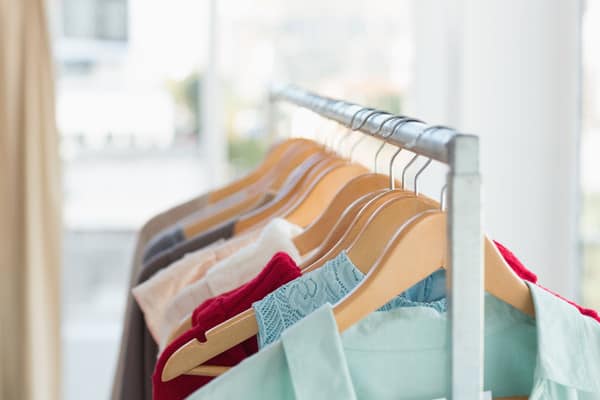In fashion, every detail counts, including those that are often overlooked. Sewing labels are crucial in defining a garment’s identity and quality. These small tags do more than provide care instructions; they carry your brand’s story and communicate its values.
In fashion, sewing labels are more than just functional elements sewn into garments. They are essential tools that contribute significantly to brand identity and garment quality. Whether you are an emerging designer or an established brand, understanding the nuances of creating high-quality sewing labels can set you apart in a competitive market.
Details about sewing labels
Sewing labels come in various forms, each serving a specific purpose. From woven labels that offer durability and a premium feel to printed labels that provide flexibility in design, these tags can vary greatly. There are also care labels, which provide essential maintenance information to consumers, ensuring that your garments are treated with care.
The primary role of sewing labels is to convey important information about the garment. This includes size, care instructions, material composition, and even country of origin. Moreover, they play a vital part in enhancing brand recognition by showcasing logos or unique design elements that reflect your brand’s identity.
Modern sewing labels have evolved to incorporate innovative features like QR codes and NFC tags, enabling brands to provide interactive experiences and detailed product information. These smart labels can link customers directly to online content, authentication certificates, or sustainability credentials, adding a new dimension to traditional labeling while combating counterfeiting.
Designing sewing labels
The design process for sewing labels involves several key decisions that can influence their effectiveness. Choosing the right materials is crucial; woven materials often give a luxury feel, while printed ones offer more flexibility in color and design. The choice of colors and fonts should align with your brand aesthetics to maintain consistency across all touchpoints.
It is essential to consider your target audience’s preferences when designing sewing labels. Understanding their tastes and expectations can guide you in creating labels that resonate with them. For instance, eco-conscious consumers might appreciate sustainable materials like organic cotton or recycled polyester.
Collaborating with professional designers or using specialized tools can also enhance the design process, ensuring that your sewing labels accurately represent your brand’s vision and appeal to your audience’s sensibilities.
Size optimization is another crucial aspect of label design that often gets overlooked. The dimensions of your label should be proportional to the garment while ensuring all required information remains legible. Consider creating a hierarchy of information, with your brand name or logo being the most prominent, followed by essential care instructions and regulatory information in a clear, organized layout.
Manufacturing process
The journey from concept to production of sewing labels involves several critical steps. It starts with ideation and design approval, followed by selecting the appropriate manufacturing method—be it weaving or printing—based on your label type and budget constraints. Ensuring precision during this phase is paramount to achieving the desired outcome.
Choosing the right manufacturer is equally important. Look for partners who specialize in high-quality production and offer low minimum quantities if you are a smaller brand. A reliable manufacturer will ensure consistency in quality across batches, which is crucial for maintaining brand integrity.
Technological advancements have made it possible to achieve intricate designs at lower costs, allowing brands to innovate without compromising on quality or budget. Thus, investing time in finding the right manufacturing partner can significantly impact your brand’s success.
Quality control during manufacturing should include regular testing of label durability through wash tests, color fastness assessments, and pull strength evaluations. Implementing a robust quality assurance program ensures that every batch meets your specifications and maintains consistent standards across production runs, ultimately protecting your brand’s reputation in the market.
Practical tips for fashion brands
To maximize the benefits of sewing labels, strategic placement within garments is key. Consider areas where they are easily visible yet unobtrusive, such as necklines or side seams. Experiment with attachment methods—like stitching or heat-sealing—to determine what best suits your fabric and style.
Durability is another factor to consider. Labels should withstand regular wear and washing without fading or fraying. Selecting robust materials and high-quality printing or weaving techniques will enhance their longevity.
A well-thought-out label strategy not only enhances your product’s aesthetic but also reinforces its perceived value, encouraging consumer loyalty and repeat purchases.
The impact of sewing labels on consumer perception
Sewing labels do more than identify a garment; they shape consumer perception. A well-designed label can leave a lasting impression on customers, instilling confidence in the quality and authenticity of your products. This subtle form of branding contributes to building trust and loyalty among consumers.
Renowned brands utilize distinctive label designs to reinforce their image and connect with their audience emotionally. Their consistency in using recognizable logos and taglines on labels ensures that consumers remember them long after purchase.
Investing in high-quality sewing labels is not merely an operational decision but a strategic branding tool that can influence customer satisfaction and business success.




